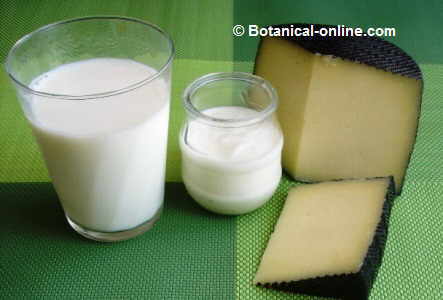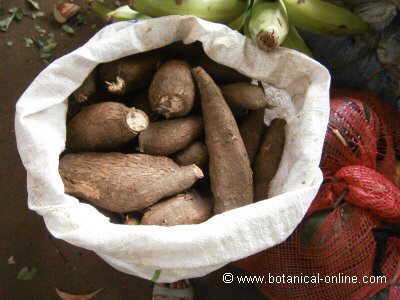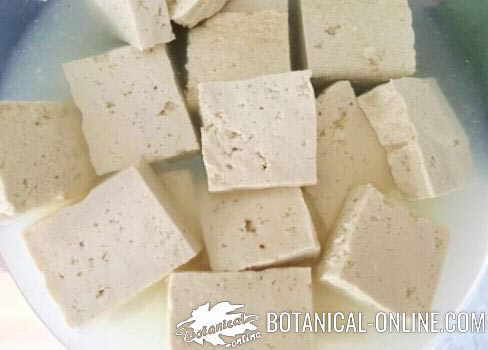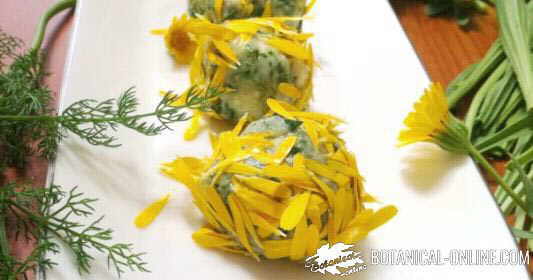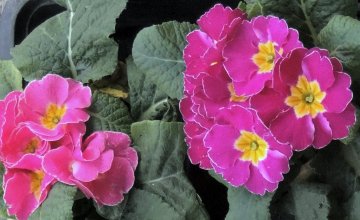Contents
- 1 Curative properties of white button mushrooms
- 1.1 PROPERTIES OF TABLE MUSHROOMS
- 1.2 Characteristics of common mushrooms
- 1.3 Species and varieties of common mushrooms
- 1.4 NUTRITIONAL PROPERTIES OF COMMON MUSHROOMS
- 1.5 Common mushrooms for weight loss diets
- 1.6 Minerals in common mushrooms
- 1.7 Vitamins in common mushrooms
- 1.8 The best common mushrooms
- 1.9 Common mushrooms in the kitchen
PROPERTIES OF TABLE MUSHROOMS
Characteristics of common mushrooms
Common mushrooms (Agaricus spp.)are fungi of the Lepiotaceae family. Mushrooms are the fruiting bodies of these fungi, that’s to say, the part of the fungus aimed for the production of spores that, dispersed by the wind, will produce new fungi.
There are different species of mushrooms, many edible and some inedible or even poisonous. Among them, the best known, and most used from a food point of view, is the common mushroom or “champignon de Paris” (Agaricus bisporus). It is also known as button mushroom, white mushroom, cultivated mushroom, etc.
The “mushroom of Paris”, as the French call it, is the most consumed edible fungus. The reason for this is mainly due to the ease of cultivation that allows to have them throughout the year at a very affordable price.
Today, there are other cultivated mushrooms but none of them has the tradition of common mushroom , since it began near the quarries of Paris during the eighteenth century in the reign of Napoleon. For this reason it is known as “mushroom of Paris”.
Species and varieties of common mushrooms
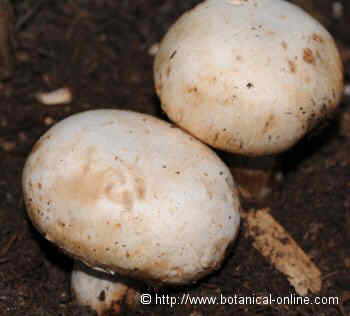 Photo of cultivated button mushroom
Photo of cultivated button mushroom
- Cultivated mushrooms: These are grown artificially on a bed of manure or compost inside caves, tunnels or galleries especially designed for it. These are artificially inoculated with a mycelium, which, when established on the compost, will produce the fruiting bodies, the carpophore, which is the part of the mushrooms that is consumed.
There are different varieties of edible mushrooms. The best known and used is the Agaricus bisporus var. hortensis. It is a subspecies that produces pure white flesh with pink tinges. This new variety from the United States, gradually has been replacing the previously used subspecies called Agaricus bisporus var, brunnescens that can not be stored for so long and has a “less pure” white.
Mushrooms from the latter subspecies are now known by the name of Portobello and are characterized by being much bigger and browner than the white American variety. They are mainly used for grilling. These mushrooms, when collected immature and half-open, constitute the cremini variety. Two other well-known subspecies are Agaricus bisporus var sativus and Agaricus bisporus var vulgaris.
- Wild mushrooms: They are those that grow naturally in the field. There are several species of edible wild mushrooms. The most important are:
- Wild Paris mushroom (Agaricus bisporus): This wild mushroom is characterized by a white hat with gray gills stained brown. It presents no particular aroma. Its meat becomes red in contact with air. It is a species from which we get the cultivated variety button mushroom (Agaricus bisporus var. hortensis). Cultivated varieties are not as tasty as wild ones.
- Pavement mushroom, urban agaric, field mushroom (Agaricus bitorquis): A mushroom that does not have any aroma, with tough meat and strong taste. The meat is white and has a tendency to turn red on contact with air. It is distinguished by the presence at the foot of a double ring.. It is not cultivated artificially and should be sought next to roads, fields and other places with compact soil.
- Field mushroom, meadow mushroom (Agaricus campestris): It is a mushroom that does not have any aroma. The meat is white and has a tendency to turn red on contact with air. The cap, stem and gills are white when young, but as they grow, they change to pink. It is a species that lives on dung or decaying matter. From this species, we obtain most of the cultivated varieties.
- Bloody agaric, bloodred agaric (Agaricus haemorrhoidarius): It differs from others in the capacity of the meat to turn bright red on contact with air. It shows no characteristic aroma and its ring can easily disappear. It is not cultivated artificially and should be sought next to the woods or forest where it grows in the wild.
- Snowball mushroom, wood mushroom (Agaricus silvicola): It is one of the best quality mushrooms. It is characterized because its flesh becomes yellow in contact with air and has a clear scent of anise and bitter almonds. With brown or pink gills, it can be confused with some toxic amanita.
- Agaricus arenicola: It is an edible species, as its name suggests, it grows on sand, especially in the dunes. It shows no characteristic odor and its meat becomes red in contact with air
Other wild species of agaricus do not have a well demonstrated edibility, so that it is best not to consume them. These include the following:
- Agaricus devoniensis
- Agaricus geotropus
- Agaricus nivescens
- Agaricus procerus
- Agaricus prunulus
- Agaricus russula
- Agaricus subperonatus
- Agaricus viscidus
There are some agaricus species that have been considered toxic and must be avoided. Among them we have to point out the Yellow Staining Mushroom (Agaricus xanthoderma) Others, such as the Salt-Loving Agaricus (Agaricus bernardii = Agaricus maleolens), are considered edible by some specialists although they can cause indigestion in some people.
NUTRITIONAL PROPERTIES OF COMMON MUSHROOMS
 Cooked mushrooms
Cooked mushrooms
Common mushrooms for weight loss diets
Mushroom primarily stand out from other foods because of its lightness. Mushrooms contain a very high amount of water (90%) and a very low content of carbohydrates and fats. So, they are used in many weight loss diets, that is, they are the staple food for one or two days in the weekly planning. For this reason, some dieticians recommend these foods for obese people.
Common mushrooms, and the rest of mushrooms, have been accused to be a non-nutritious food. This is not true. Although they are low in fat or carbohydrates, they contain a lot of minerals and vitamins.
Minerals in common mushrooms
Mushrooms are rich in potassium. Potassium is a counterpoint to sodium so it helps to eliminate body fluid by increasing urination. Potassium helps reduce fluid retention and can be considered very appropriate in other abnormalities where increasing urination is very convenient.
In addition to potassium, mushrooms are high in phosphorus (About 1.5%). Phosphorus is very necessary for the formation of teeth and bone. It also helps boost mental activities or keep the body more relaxed avoiding stress. A good dish of mushrooms can benefit students or young people to accomplish their schoolwork.
Mushrooms are specially rich in selenium. Some mushrooms attain a ratio of more than 20 mg per 100 g weight. Selenium plays an important role as antioxidant, preventing cell degeneration by free radicals. Exhaustive studies are currently being conducted on the importance of this mineral in the prevention of cancer.
Good levels of selenium are necessary for good fertility, both male and female. (It helps to increase testosterone levels and sperm in men and protects the ovules from free radicals in women).
Selenium helps clean up the body of heavy metals, making it suitable for smokers or people who live in very polluted places.
Because the recommended selenium RDA is about 50 g, 100 g cremini mushrooms cover half of the daily demands. Mushrooms, along with beef, fish, seafood, garlic and asparagus are the foods richest in selenium.
Vitamins in common mushrooms
Mushrooms are rich in vitamin B, especially riboflavin (Vitamin B2) and niacin (vitamin B3). Riboflavin is particularly interesting to maintain a healthy hair, promoting hair growth or helping to slow baldness. It also helps to have healthier and more beautiful nails and stronger bones. Riboflavin contributes to maintain our immune system in good state and or eyesight and nerves in good condition.
Small deficiencies of niacin can be manifested as alterations of the nervous system, like nervousness, anxiety, depression, insomnia. The lack of this vitamin can be manifested as inflammations of the digestive apparatus that are translated in diarrhea, intestinal malaise, indigestion, itching in the rectum, thickening of the tongue and mouth sores.
The best common mushrooms
It is believed that the best common mushrooms are those that are completely white.
Normally they are very white because they have been picked before ripening which is the common cause of being tasteless. The best common mushrooms are those with pink or light brown color, with no stains, or cracks and with a a good consistency when pressed.
Mushrooms are best eaten soon to avoid losing their properties. However, you can keep them in the fridge wrapped in a damp cloth and stored in the drawer for the vegetables.
By doing this, they can easily endure four or five days without losing quality. It is important to note that mushrooms have a high capacity to absorb odors from other foods, so we should not put them in the fridge near other strong smelling foods such as fish.
Common mushrooms in the kitchen
Mushrooms can have many applications in the kitchen. Well washed, they can be used as vegetables combined with other vegetables to eat raw in salads.
They combine well with eggs, so mushrooms omelets are exquisite.
They can also can be used for making cannelloni, croquettes and other preparations without “animal flesh” being a good resource for vegetarian cooking. (More about “mushroom recipes“)
| Mushrooms composition per 100 g | |||
| Raw mushrooms | Raw Portobello | Raw Cremini | |
| Water | 91,81 g | 91,20 g | 92,30 g |
| Calories | 25 Kcal | 26 Kcal | 22 Kcal |
| Fat | 0,33 g | 0,20 g | 0,10 g |
| Proteins | 2,9 g | 2,5 g | 2,5 g |
| Carbohydrates | 4,08 g | 5,07 g | 4,12 g |
| Fiber | 1,2 g | 1,5 g | 0,6 g |
| 370 mg | 484 mg | 448 mg | |
| 4 mg | 6 mg | 6 mg | |
| 104 mg | 130 mg | 120 mg | |
| 5 mg | 8 mg | 18 mg | |
| 0,49 mg | 0,400 mg | 0,500 mg | |
| 10 mg | 11 mg | 9 mg | |
| 0,112 mg | 0,142 mg | 0,142 mg | |
| 1,04 mg | 0,60 mg | 0,40 mg | |
| 0, 73 mg | 0, 60 mg | 1,10 mg | |
| 8,8 mg | 11 mg | 26 mg | |
| 2,3 mg | 0 | 0 | |
Vitamin B1 (Thiamin) | 0, 090 mg | 0, 077 mg | 0, 095 mg |
| 0, 424 mg | 0, 480 mg | 0, 490 mg | |
Niacin | 4, 040 mg | 4, 500 mg | 3, 800 mg |
| 12 mcg | 22 mcg | 14 mcg | |
Vitamin B6 | 0, 102 mg | 0, 100 mg | 0, 110 mg |
| 0 | 0 | 0 | |
| 0, 120 mg | 0, 129 mg | 0, 113 mg | |
![]() More information on mushrooms.
More information on mushrooms.

